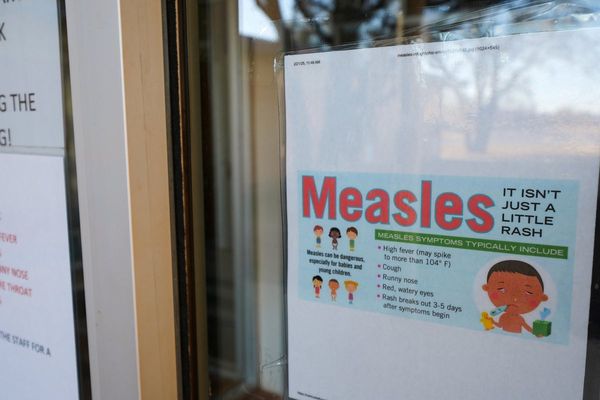
In 1972, scientists from the Massachusetts Institute of Technology made a bold prediction. By developing a scientific model that considered the way that humans and the planet interact with each other, the researchers determined that society was heading toward collapse by the mid-21st century, driven largely by the forces of growing population and capital over-exploiting limited planetary resources. Nearly 50 years later, a researcher at one of the largest accounting firms in the world checked in on the infamous study to see how the model has compared with reality. Turns out, we're right on schedule for our predicted demise — which is great, because there's nothing worse than a fashionably late doomsday event.
The new study, spotted by Vice, was conducted by Gaya Herrington, the sustainability and dynamic system analysis lead at accounting giant KPMG. It serves as an update to the classic research, which was published under the title The Limits to Growth. As part of her masters' thesis at Harvard University, Herrington analyzed the model using 10 variables to check in on how predictive it has been: population, fertility rates, mortality rates, industrial output, food production, services, non-renewable resources, persistent pollution, human welfare, and ecological footprint. By taking the model's projections of these indicators and comparing them to empirical data, she was able to determine how closely the scientists were able to predict our reality, as well as figure out what trajectory we are currently on.
As it turns out, we're chugging along in line with two scenarios, and neither are particularly good. There's the comprehensive technology (CT) scenario, in which economic decline starts at about (checks watch) now, actually. It suggests a number of negative outcomes, including a short-term dip in food production and wild swings across a number of categories, including industrial output, as population levels out. The good news, if you want to call it that, is that society doesn't collapse under these circumstances. Our habit of draining resources comes to an end as new technology develops, and food production eventually recovers.
Things aren't so rosy along the second track that we can take, known as the business-as-usual scenario. This one assumes that we make basically no changes to our current behavior. Much like the CT scenario, this track projects that economic growth will start sputtering out soon, hitting a wall around 2030. But instead of a brief blip or stagnation, the business-as-usual trajectory sees things starting to collapse. Population, food production, industrial output, and other categories all take a steep decline around 2040, with pollution skyrocketing as we rapidly exploit and burn the planet's remaining available resources with complete disregard for the consequences.
“Both scenarios thus indicate that continuing business as usual, that is, pursuing continuous growth, is not possible," Harrington concludes in her research. "Even when paired with unprecedented technological development and adoption, business as usual as modelled by [Limits to Growth] would inevitably lead to declines in industrial capital, agricultural output, and welfare levels within this century.”
The one scenario in which we aren't plagued by some sort of major global disruption, the "stabilized world" scenario, is technically not out of reach — but the new study warns that the window for getting on that track is closing quickly. And it would take real effort to get there. First, we'd have to acknowledge that economic growth cannot happen at an exponential rate forever. Eventually, things have to level off — and we need to preemptively align ourselves with that. At the World Economic Forum in 2020, Harrington suggested pursuing an economic theory known as "agrowth," which prioritizes alternate markers for economic success, such as sustainability, over traditional indicators like GDP.
If there is optimism to be found in a study that confirms we're hurtling toward economic disaster and societal collapse, it's that we've got some time to figure things out. The next 10 years are likely to be the bellwether for our fate, and we can still beat the buzzer. Pledges to dramatically cut down on fossil fuels and reduce greenhouse gas emissions will go a long way toward making sure we don't exhaust natural resources. Ideas like universal basic income and growing labor movements can help to reshape how we imagine work and economic growth.
Models aren't fate. We can actively choose to jump off the doomsday track. But we have to do it soon.







